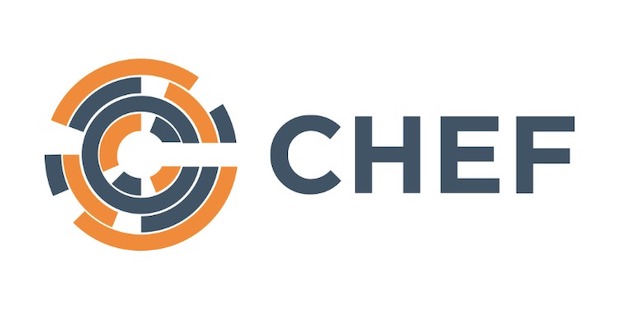Chef is an open source configuration management tool written in Ruby and Erlang. It provides system administrators a foundation of APIs and libraries so it becomes easier to perform tasks like configuring and managing IT infrastructures. Chef provides a supporting structure for framing infrastructure as a code.
Its Ruby-based modeling structure helps developers design scalable environments without considering the operating system. It’s easy to integrate Chef with Cloud, thereby increasing its popularity since Cloud is used by most technology companies. The framework minimizes development time by decreasing the overhead of managing micro details which support development processes. This is what draws software companies to Chef, and therefore, with a Chef certification you can advance your career even further.

Benefits of Chef
Here are the top 10 reasons for undergoing Chef training.
Low entry barrier
Chef uses native Ruby language for configuration, which is a standard configuration language. Due to this, Chef can be used by anyone with a small amount of developmental experience. Also, it is easy to integrate with cloud.
Increased service resiliency
Speed is the most important feature in any programming software, right? Yes, but if that speed causes bugs while quick rendering, it’s not that great a thing. Catching bugs before they can occur and monitoring problems increases system resiliency, and the delivery speed is also increased as a result.
Risk management
With its infrastructure automation feature, Chef can help improve compliance at every stage of development without increasing the risk. Users can automatically test its security and compliance policies before deploying the software.
Cloud adoption
Cloud is popular among most IT corporations, but migrating to the cloud can have some roadblocks. Chef’s infrastructure automation feature helps users increase cloud adoption by handling routine manual actions. This way your servers are installed automatically and your applications can work smoothly and quickly.
Streamlined IT operations
IT infrastructure is getting more and more complex in IT organizations, and this is where Chef comes in. It streamlines the IT operations and workflow. Chef also has a pipeline for constant deployment, starting from building to delivery and troubleshooting.
Software delivery acceleration
The speed of any software is measured by how fast it can adapt to new conditions or requirements. The frequency of software deployment and the time between a new ‘commit to the code base’ and the following deployment are all taken into consideration when measuring software speed.Chef’s automated IT infrastructure can help bring your business up to speed.
Manages cloud and data center
There are a lot of cloud providers to select from, and you can pick a service provider based on your business needs. Chef lets you manage all your on-premise and cloud requirements, which also includes your servers like Windows, Linux, or Solaris. Also, Chef is a cloud agnostic solution, so you can keep it even if you change cloud providers.
Search feature
The search feature in Chef server allows users to configure information of all other servers and globally-defined data-bags. With this feature, you can configure clusters when a cluster member needs to know the configuration of other members of the cluster.
Less documentation
With Chef, a sendmail configuration doesn’t require you to write the entire bash history. The Chef infrastructure is code-based rather than documentation based. Users just need to craft top-level readme’s and some well-placed code comments to get started with the configuration.
Designed for programmers
A proper DevOps solution should address contemporary IT challenges in managing high-velocity organizations. Chef takes this a step further with martial arts as a metaphor for DevOps. This facilitates improvement and collaboration between groups. Chef puts application through the same workflows for constant delivery.
Requirements for taking the training
If you have any of the below qualifications, you’re eligible for learning Chef.
# System operations personnel interested in learning infrastructure management at scale.
# Web developers who set up consistent environments and software delivery with automation.
# A quality analyst who is interested in automating testing environment setups.
# Anyone who wants to learn how to write infrastructure in code.
# Anyone who wants to be a DevOps professional.
The learning doesn’t end there
The variety of benefits listed above are a part of what make Chef so popular in the IT industry. Also, Chef produces consistent, shareable, and reusable components for designing the framework. Chef is simple to learn, and it doesn’t require you to be an expert in software development to have mastery of the framework.




